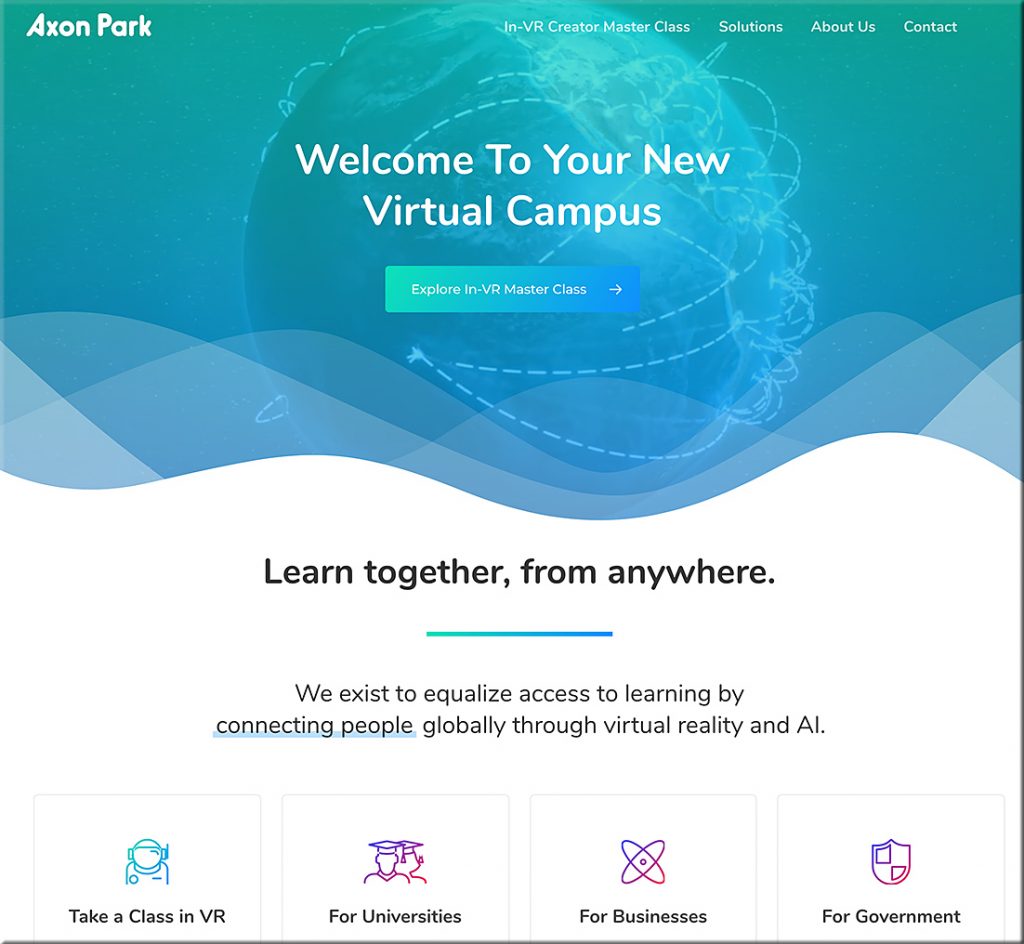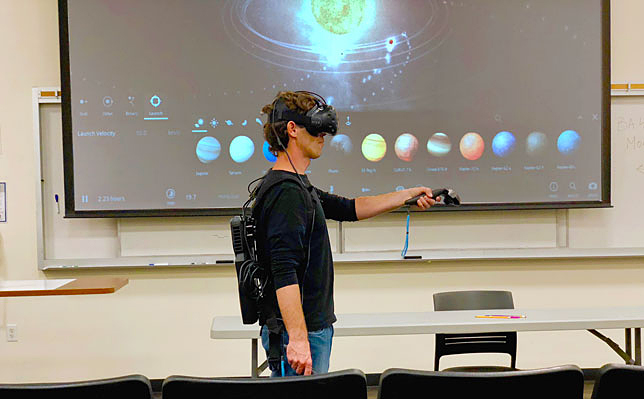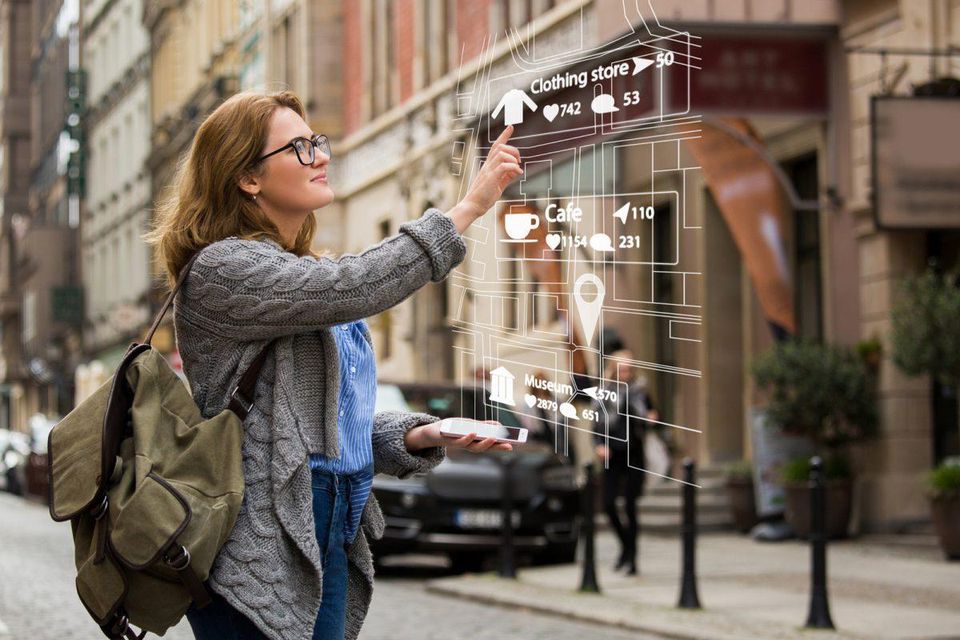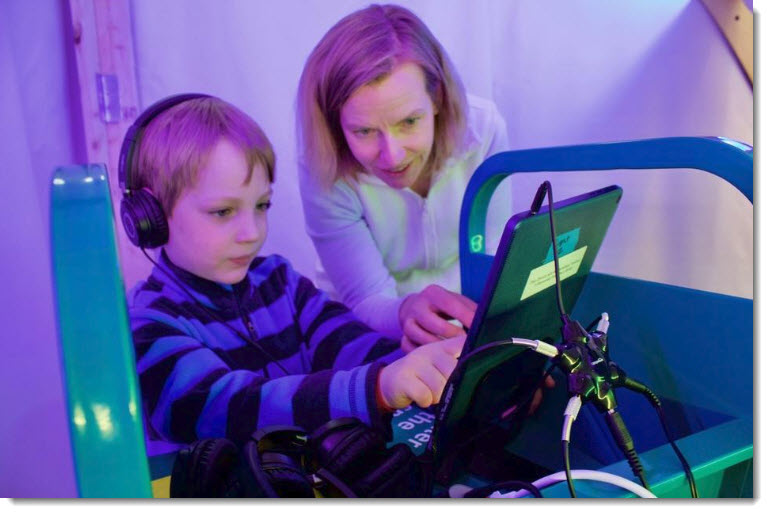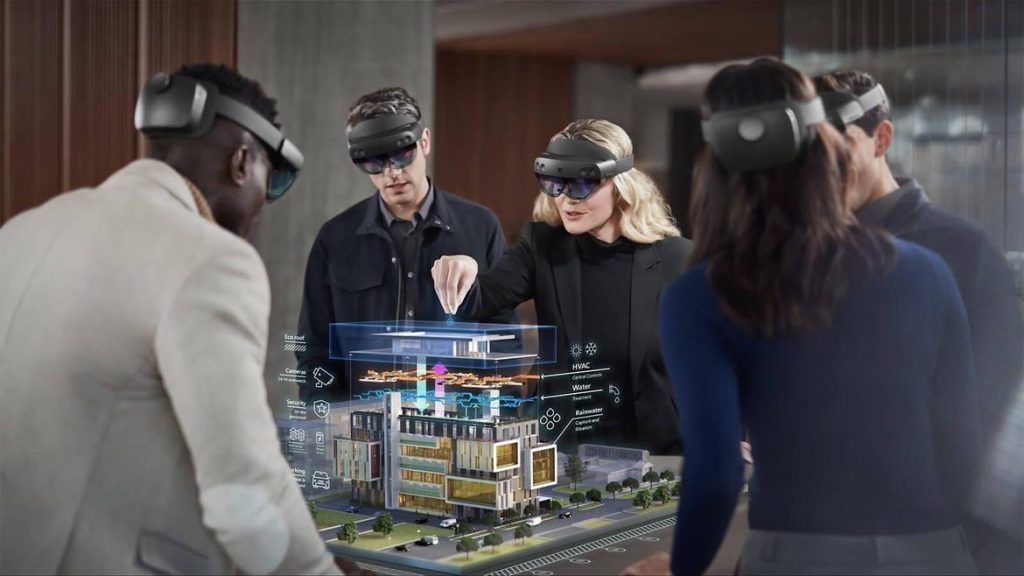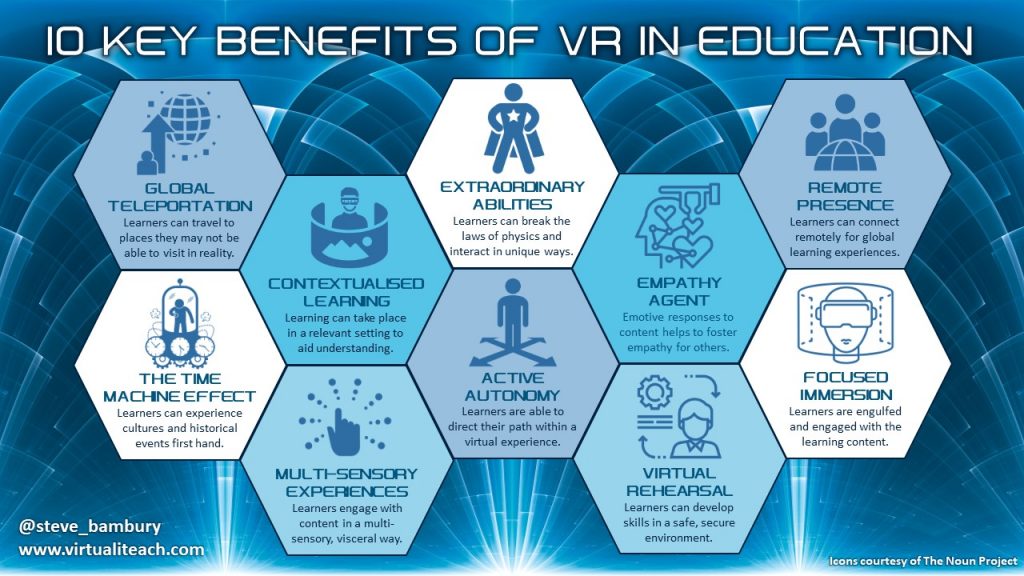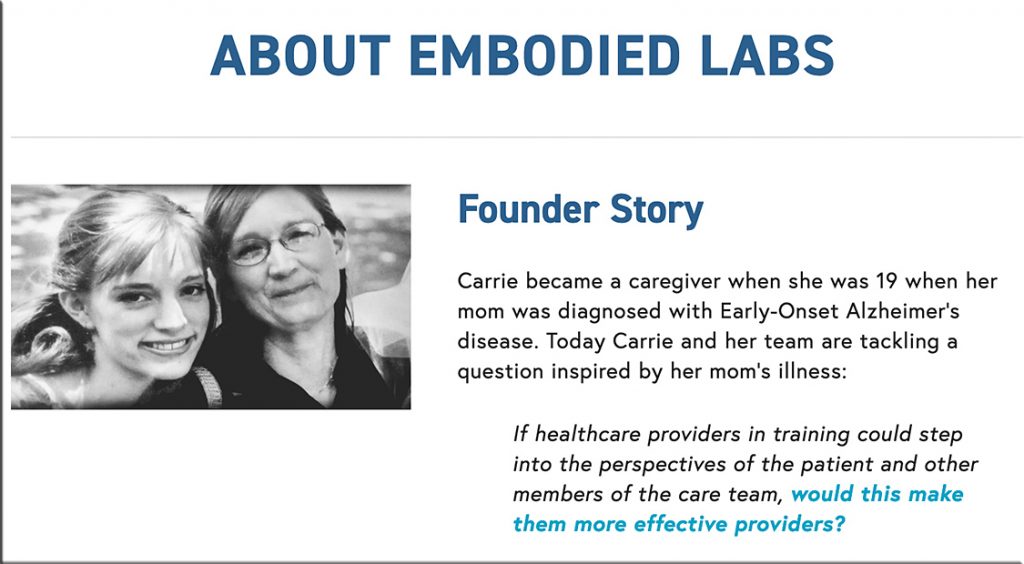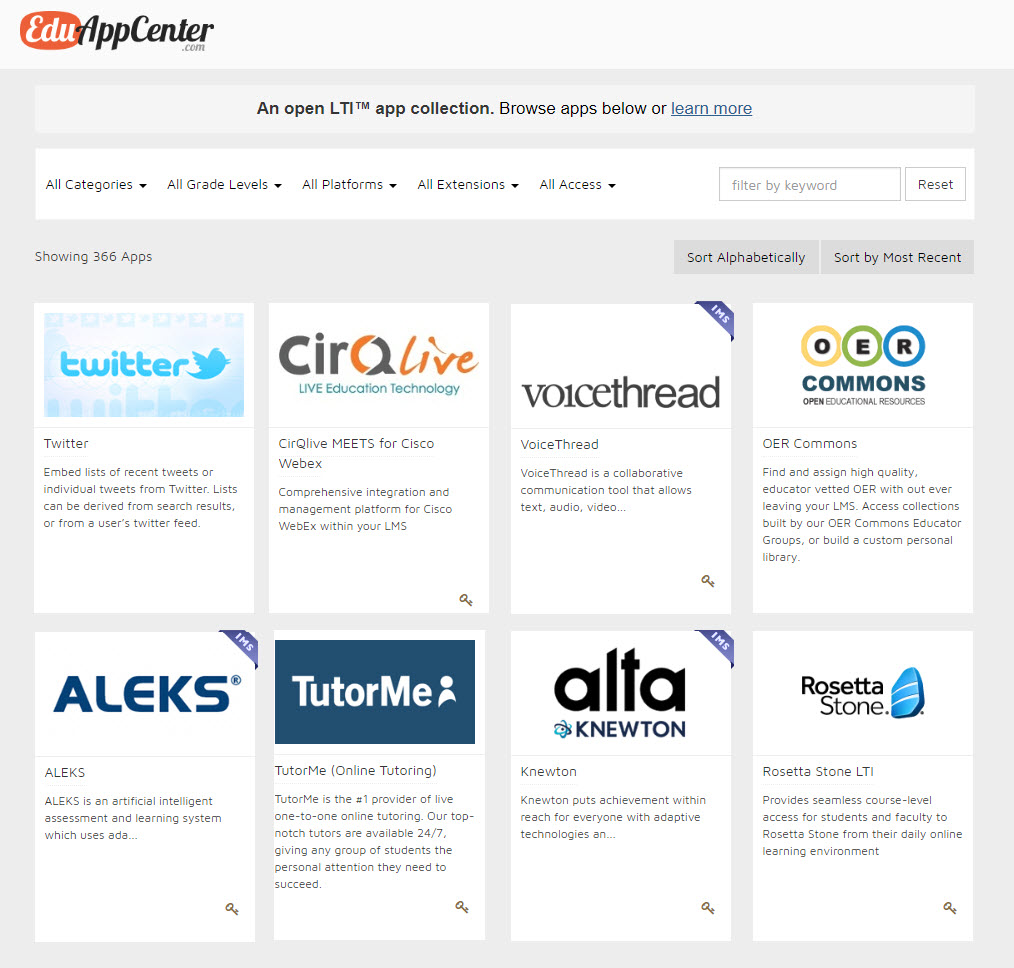Chemistry lessons could be taught in #virtualreality in the future#VR #MR #AugmentedReality #edtech #tech MT @paula_piccard #MixedReality #ar #xr #cr #innovation #education #teching #chemistry #future #teacher #futureofeducation pic.twitter.com/HLdWUR691v
— Fred Steube (@steube) July 9, 2019
Amy Peck (EndeavorVR) on enterprises’ slow adoption of AR and the promise in education — from thearshow.com by Jason McDowall
Description:
In this conversation, Amy and [Jason McDowall] discuss the viability of the location-based VR market and the potential for AR & VR in childhood education.
We get into the current opportunities and challenges in bringing spatial computing to the enterprise. One of these challenges is the difficulty in explaining a technology that needs to be directly experienced, so much so that Amy now insists C-level executives put on a headset as a first step in the consulting process.
We also talk about VR & AR in healthcare, and the potential impact of blockchain technology.
Fast forward to 29:15 or so for the piece
of this podcast that relates to education.
Also see:
Reality Check: The marvel of computer vision technology in today’s camera-based AR systems — from arvrjourney.com by Alex Chuang
How does mobile AR work today and how will it work tomorrow
Excerpt:
AR experiences can seem magical but what exactly is happening behind the curtain? To answer this, we must look at the three basic foundations of a camera-based AR system like our smartphone.
- How do computers know where it is in the world? (Localization + Mapping)
- How do computers understand what the world looks like? (Geometry)
- How do computers understand the world as we do? (Semantics)
Virtual reality helping those with developmental disabilities — from kivitv.com by Matt Sizemore
How VR is making autistic individuals more independent
Excerpts:
EAGLE, IDAHO — If you think modern day virtual reality is just for gaming, think again. New technology is helping those with developmental disabilities do more than ever before, and much of that can be found right in their own backyard.
…
“I see unlimited potential inside of their minds. I see us being able to unlock a certain person who can achieve things that we never thought could be done, and all of this could happen off of just exposing them to virtual reality,” said Smythe.
VR1 and the Autism XR Institute are constantly creating tools and ideas to help kids and adults with autism live a more independent life through virtual reality.
Also see:
Making a final wish comes true: Hospice expanding virtual reality therapy — from galioninquirer.com by Russell Kent
Excerpt:
ASHLAND — Hospice of North Central Ohio is extending its virtual reality therapy (VRT) in an effort to help Richland County hospice and palliative patients fulfill their last wishes, thanks to a $7,000 grant from the Robert and Esther Black Family Foundation Fund of The Richland County Foundation.
VRT uses video technology to generate realistic 360-degree, photographic or animated three-dimensional images, accompanied by sounds from the actual environment. When donning the headset and headphones, viewers are surrounded by visuals and sounds that give the impression of being physically present in the environment. Virtual reality therapy treatment allows patients to relive memories, return to places of emotional significance, or experience something or somewhere that they desire.
Augmented Reality and Virtual Reality | The Future of Healthcare — from creativitism.blog by with thanks to Woontack Woo for this resource
Excerpt:
When we talk about virtual reality, most people think about its advancement in the gaming industry. But now Virtual Reality (VR) and Augmented Reality (AR) is being introduced in other sectors as well. A great example is the use of VR in the medical sector: the application of this latest technology has entered the field of healthcare and can bring great difference and be of great help both in training and in the practice of medical activities.
In fact, the medical sector is one of the main fields of action of Virtual Reality. There are so many applications to help both doctors and patients. The advantages of Virtual Reality are now applied in surgeries, in patients with disorders and phobias, in the treatment of diseases and especially in medical training.Frequently, people have such disorders as: tachycardia, panic attacks, antisocial behavior, anxiety, as well as psychological trauma after violence, traffic accidents, etc. Using VR / AR applications, patients receive a course of rehabilitation therapy.
Also see:
- Top 10 Android and iOS health apps — from creativitism.blog
Gartner: Top 10 Strategic Technologies Impacting Higher Ed in 2019 — from campustechnology.com by Rhea Kelly
Excerpt:
- Artificial intelligence conversational interfaces. Gartner defines these as “a subset of conversational user interfaces (CUIs), in which user and machine interactions occur in the user’s spoken or written natural language.” The benefit for higher ed insitutions: “CUIs place responsibility on the machine interface to learn what the user wants, rather than the user having to learn the software, saving user time, increasing student satisfaction, and being available to use 24/7.”
- Smart campus. This is “a physical or digital environment in which humans and technology-enabled systems interact to create more immersive and automated experiences for university stakeholders.” While smart campus initiatives are still in the early stages, there has been a rising interest across higher ed institutions, according to Gartner. “The smart campus will drive growth in markets like robotic process automation solutions and augmented and virtual reality in the higher education space. Campus efficiency will be enhanced and student learning will be enriched with the new capabilities they bring. It’s a win all-around, except for the data security implications that come with most technology initiatives today,” said Morgan.
… - Digital credentialing technologies. “Students, faculty and the higher education institutions they are a part of are starting to expect the ability to quickly and freely exchange credentials to enhance the verification and recruitment process,” noted Gartner. Technologies such as blockchain and data encryption are driving change in this area. “In many ways, credentials issued by an education institution are the only tangible evidence of higher education. They should be considered the currency of the education ecosystem,” said Morgan. “These technologies really enable universities to leverage technology to improve the student experience by giving them more control over their information. The only hurdle is a general lack of understanding of digital credentialing technologies and risk-averseness in the high-stakes nature of the higher education market.”
Virtual embodiment: High impact learning — from tlinnovations.cikeys.com by
Excerpt:
It’s officially been one year since we started exploring immersive virtual learning with nursing students, starting with the Embodied Labs product:Becoming Alfred. The virtual product consists of an immersive simulated experience using virtual reality (VR) designed by Embodied Labs. Embodied Labs has three scenario series, referred to as labs:
- The Alfred Lab: Learners experience life as Alfred, a 74-year old African American male with macular degeneration and hearing loss.
- The Beatriz Lab: A Journey Through Alzheimer’s Disease. The learner becomes, Beatriz, a middle-late aged Latina woman who transitions from early to middle to late stages of Alzheimer’s disease.
- The Clay Lab: End of Life Conversations. Learners become Clay, a 66-year old male, with a terminal diagnosis whose experiences include receiving a terminal diagnosis, hospice care at home, and the active dying process at the end-of-life.
From DSC:
I moderated a panel back at the NGLS Conference in 2017, and Carrie was one of the panelists talking about some of the promising applications of virtual reality. Carrie is doing marvelous work! Carrie’s mom had Alzheimer’s and my mom has that as well (as did my grandmother). It’s a tough disease to watch develop. Perhaps a student reading this out there will be the person to find a solution to this enormous issue.
Five key trends for professional and continuing education leaders in the next five years [Schroeder]
Five key trends for professional and continuing education leaders in the next five years — from evolllution.com by Ray Schroeder
Excerpts:
Higher education is on the cusp of major changes. Enrollments are on the decline—both online and on campus—and the trend is expected to accelerate.[1] Graduates are laboring under substantial college loan debts totaling more than $1.5 trillion.[2] Employers are demanding that applicants possess soft and hard skills that many college graduates do not hold.[3] At the same time new and emerging technologies are changing the way credentials are shared and work is done.
It is in this context that continuing, professional and online programs have been imported from the periphery to the center of traditional universities. Students and employers alike have made clear that their top priority is relevance to the rapidly changing workplace. Artificial intelligence, blockchain, augmented/virtual reality and other technologies are driving the changes. Professional and Continuing Education (PCE) has long been the leader in providing relevant courses, certificates and degrees that connect students with the needs of employers.
…the Online Master’s Science in Computer Science degree at Georgia Tech is now the largest computer science program in the world. And the degree costs less than $9,000.
Also see:
Interview with Hunt Lambert – What is the 60-year curriculum?
Colleges and universities used to be primarily responsible for a four-year learning experience. We now need to envision a 60-year curriculum, whereby educational institutions partner with learners at all stages of their professional career, providing skills and knowledge as needed.











